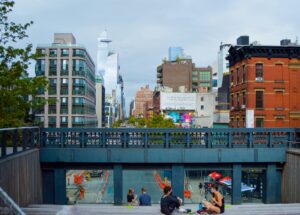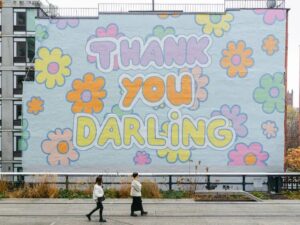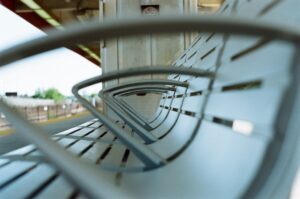Public spaces are made to serve us all, but if the needs and wants of girls and young women are not considered in the process, how inclusive can this space really be? Julia King, colleagues from LSE Cities, and a team of peer researchers have been exploring how public spaces can be made better for girls.
When asked during a discussion session what public spaces there were for girls, one 17-year-old paused before answering. “There’s nowhere for girls. There’s literally not a specific place for girls. There’s places where we go, but no spaces for us.” Another chimed in ironically, stating “a women’s toilet?” Their answers reveal a disconnect between girls and young women and the areas in which they live. These responses have emerged from our research into girls and young women’s sense of inclusion in public spaces in the UK and are echoed by many across the country.
In 2022, seeing a need for public space provisioning to better engage girls and young women, Dr Julia King and Olivia Theocharides-Feldman of LSE Cities and the advocacy group Make Space for Girls began a “researcher-in-residence” style peer research programme.
The programme ran as a seven-week paid learning and working experience with nine 17-21 year old individuals who identified as girls and young women. It put forward a novel way of conducting peer research: Zoom and Miro (an online whiteboard) were used to run weekly discussion sessions, upload lectures, podcasts, and readings; the researchers-in-residence used Instagram to chronicle their self-led weekly site visits, and two in-person guided visits and mapping exercises were run with the researchers-in-residence in their local areas.
Read the full article on LSE
Authors: Julia King and Olivia Theocharides-Feldman
Recommended by Stephanie Fortunato











More Stories
Security by Design: Protection of public spaces from terrorist attacks
A Blueprint for Public Realm Leadership
Plaza de la Vila in Sencelles by Moneo Brock